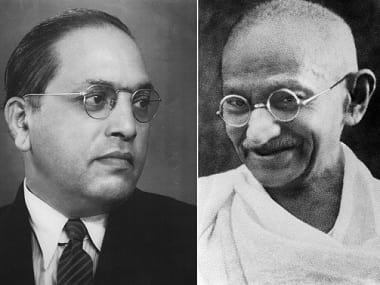DELHI | Protests by Dalit outfits against the demolition of the Ravidas temple turned violent and the police had to resort to a mild lathi-charge to bring the situation under control. The tension between the protestors and the police unfolded in Delhi’s Tughlakabad area.
The police also made use of tear-gas in order to disperse the crowd and bring the situation under control. The protestors are reported to have vandalised property on their way and injured the policemen on their way to the protest, the police detained some leaders and also resorted to measures such as mild lathi-charge and lobbing of tear-gas in order to disperse the crowd.
The temple of Ravidas that was demolished by the Delhi Development Authority(DDA) on August 10th on the orders of the Supreme Court led to the protests by the Dalit outfit Bhim Army. The Bhim Army has claimed that its chief leader Chandrashekhar Azad has also been detained by the police during the protest.
Thousands of Dalit protestors were taking part in the protest and many of them came from remote corners of the country. They see the demolition of the Ravidas temple in Delhi as an onslaught on their dignity and an attack on their sentiments.
The protestors carried flags and wore blue caps to showcase their solidarity and marched from Ambedkar Bhawan to Ramlila Maidan in Delhi. Similar protests had been reported from Punjab on August 13th over the issue.
The issue has taken on a political tone as many political parties throughout the country have condemned the demolition of this temple and demanded that it be reconstructed either in the original spot or in an alternative location.
The protest in Delhi also saw the participation of Delhi’s social justice minister Rajendra Pal Gautam. The various Dalit outfits that had taken part in the protest united under the banner of Akhil Bhartiya Sant Shiromani Guru Ravidas Mandir Sanyukta Sanrakshan Samiti.
This umbrella organisation had been formed to protest against the demolition of the temple and plans to carry on its resistance until its demands are met.














